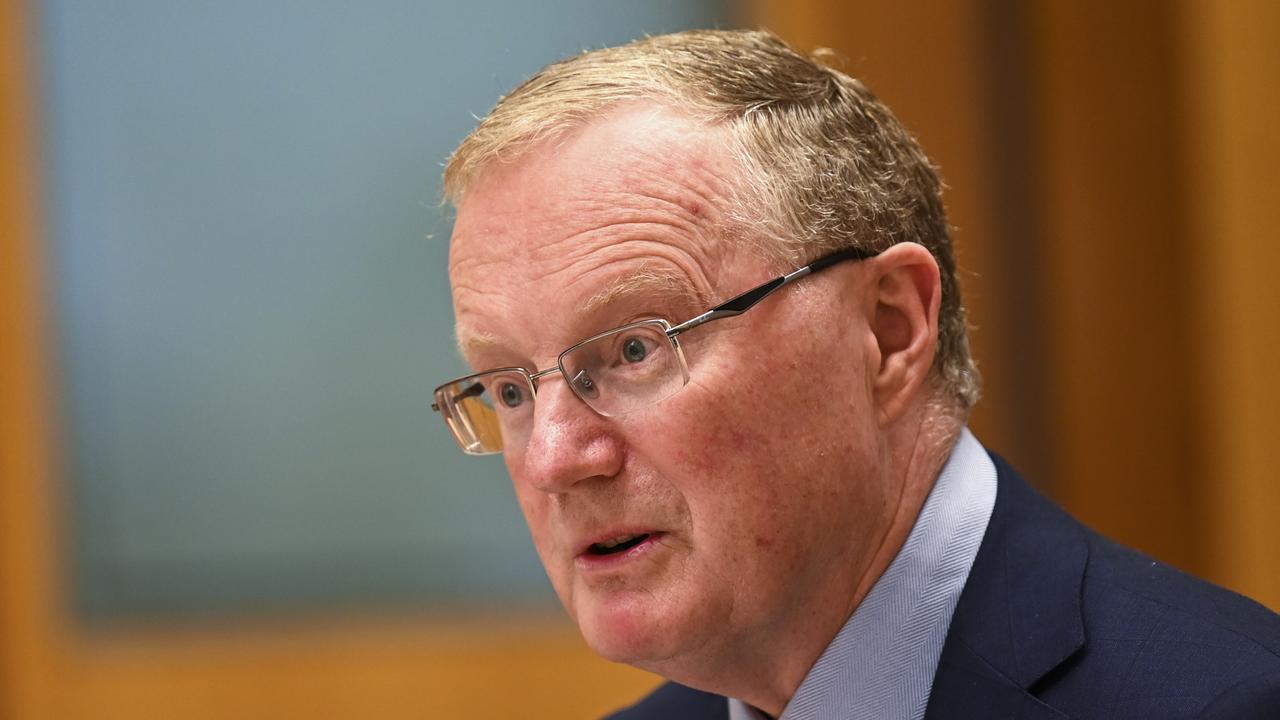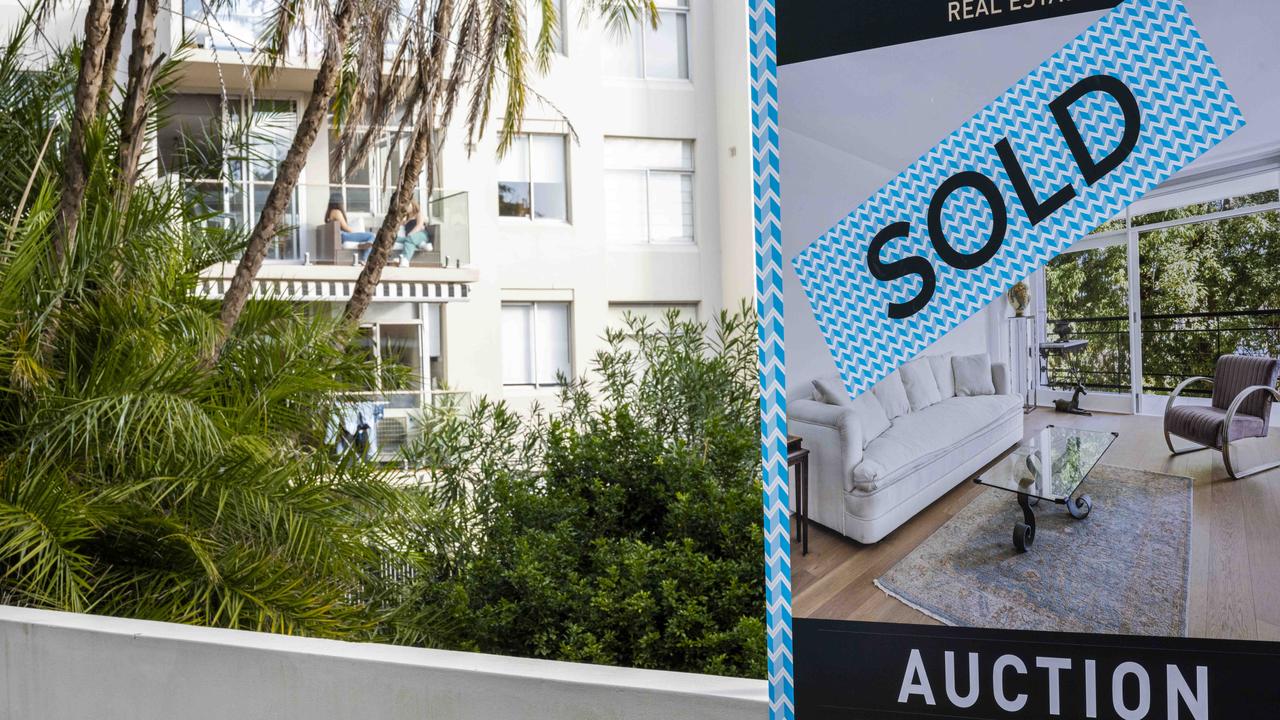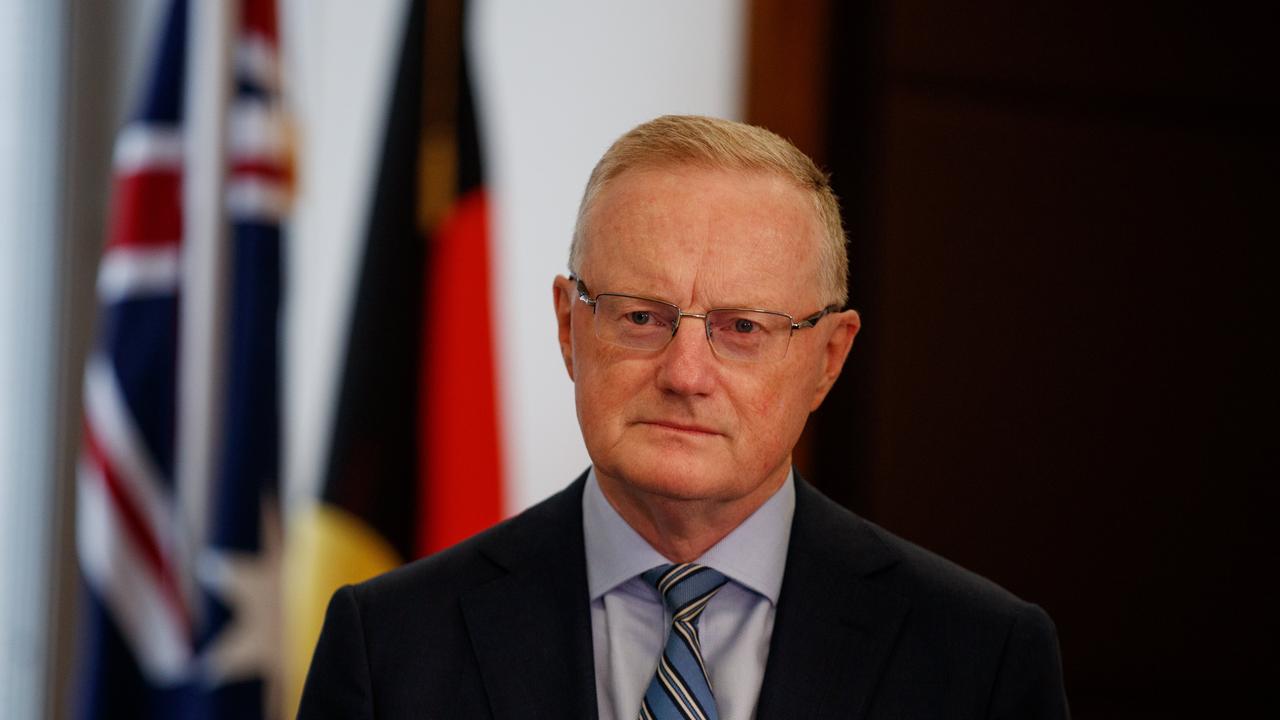RBA leaves rates on pause in brief reprieve for mortgage holders
The central bank will do what it takes to chase down inflation, warning further rate hikes could be needed soon.
The Reserve Bank has offered millions of Australian mortgage holders a brief reprieve, deciding to leave the cash rate at 4.1 per cent for the time being, sparking warnings further hikes could be needed soon.
While still at its highest level since April 2012, inflation was trending downwards on a better-than-expected trajectory, the central bank said, and higher interest rates were providing a more sustainable balance in the economy, allowing the board time to pause.
Tuesday’s decision marks only the second brief reprieve from an aggressive rate rise series since the RBA first hiked up the cash rate from 0.1 per cent last May.
But the bank, and economists, have warned more rate rises are inevitable in the fight to get inflation back under control.
In a statement, Mr Lowe said the bank’s decision to be so aggressive in its attempts to tame inflation over the last year, paired with ongoing uncertainty around the economic outlook, had prompted the board to keep the cash rate steady.
He said the reprieve would “provide some time to assess the impact of the increase in interest rates to date and the economic outlook” but warned the bank could need to hike rates further in the months ahead.
“Inflation is still too high and will remain so for some time yet. High inflation makes life difficult for everyone and damages the functioning of the economy,” Mr Lowe said.
“And if high inflation were to become entrenched in people’s expectations, it would be very costly to reduce later, involving even higher interest rates and a larger rise in unemployment.
“The board’s priority is to return inflation to target within a reasonable timeframe.”

PropTrack senior economist Paul Ryan said while a pause this month would be a welcome reprieve for many, another rate hike could happen as soon as next month.
“The RBA judged that recent data on the labour market and inflation was in line with its expectations and opted to wait for additional data on inflationary pressures and productivity growth, in particular,” he said.
“More tightening is expected to be needed to bring inflation back to the RBA’s target, but rates are close to their peak.”
CreditorWatch chief economist Anneke Thompson echoed his comments.
“We are now nearing, if not at, the point in the monetary policy tightening cycle where further rises to the cash rate will have limited further effect,” she said.
“Households with a home loan have already endured the fastest and steepest rise to the cash rate in history, with most of these people unable to increase income enough to offset their higher interest repayments.”
She said the savings many Australians had made during the Covid pandemic had been exhausted, and it was highly likely that about 40 per cent of Australian households had already pulled back “significantly” on their discretionary spending.
“The RBA will now be hoping businesses slow their hiring intentions, taking some pressure off wages and reducing inflation in labour-intensive parts of the economy.”

Finance Minister Katy Gallagher said the government anticipated an uptick in the unemployment figure, which the RBA had hinted could take further pressure off inflation.
“Our budget had unemployment ticking up to about 4.25 per cent in 2023-24 and 4.5 per cent in 24-25, and that aligns with the returning of, over the next 18 months, inflation back to the target range,” she said.
“That’s in our forecast, they largely align with the bank’s forecasts, and I think that speaks to the challenge that’s ahead of us as we manage the inflation challenge.
“As part of that we will see more people out of work and the government needs to respond to that at the right time too.”
Shadow treasurer Angus Taylor said fighting inflation needed to be the government’s key priority and accused it of overspending.
He also criticised the $195m the government had spent since winning the federal election, equating to $7000 per Australian.
“The best cost-of-living relief is to take pressure off inflation and take pressure off the Reserve Bank to raise interest rates. That is the single best cost-of-living relief package you could ever put together for the Australian people,” Mr Taylor said.
“The real challenge with inflation is very different from other problems. If you throw money at it, you make it worse.”

Ahead of Tuesday’s decision, economists had been split over whether the central bank would pass on yet another hike or leave rates alone for the month.
Finder head of consumer research Graham Cook said the decision could have gone either way.
He said the latest inflation figures – 5.6 per cent in May down from 6.8 per cent in April – had made a “strong case” for the RBA to pause its series of rate hikes but warned it was inevitable there would be more increases in the months ahead.
“The RBA repeatedly states that its intention is to get inflation all the way to the target rate of 2 to 3 per cent, and we aren’t there yet,” he said.
“While homeowners have been given a break this month, they should buckle up for further hikes this year.”
Read related topics:Reserve Bank



